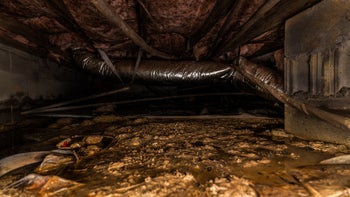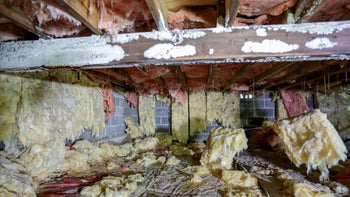Can I Dig Out My Crawl Space Into a Basement?
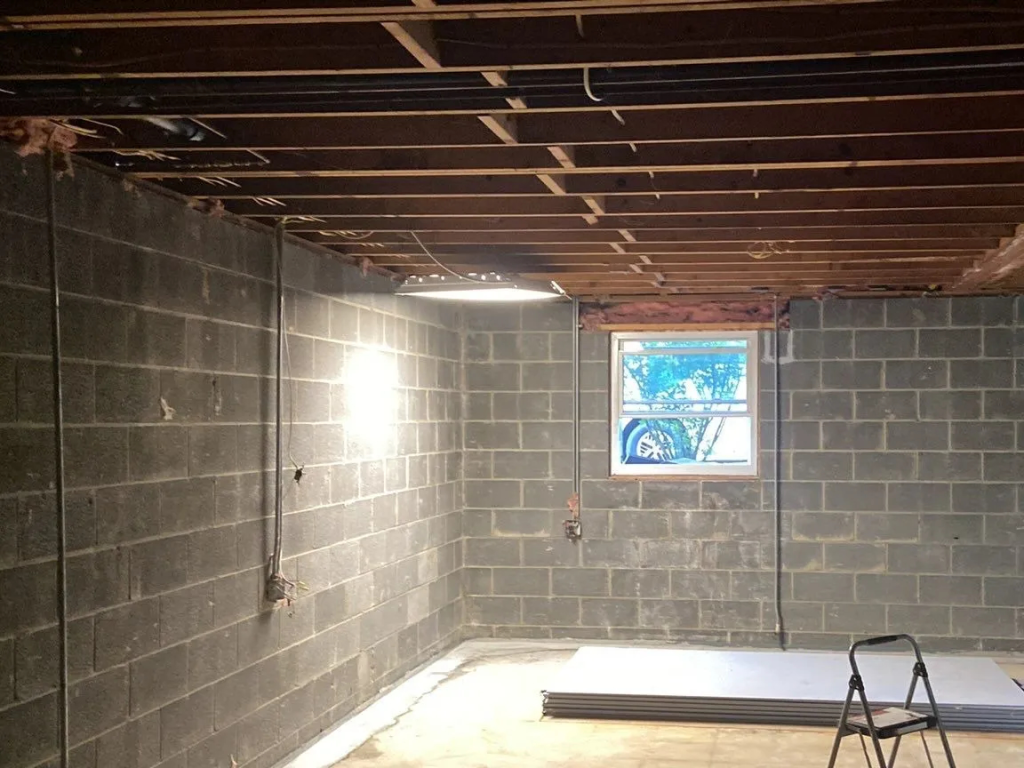
Many homeowners wonder, “Can you turn a crawl space into a basement?” The answer is yes, but the process can get complicated fast. Adding a basement to an existing house with a crawl space involves careful planning, excavation, and structural reinforcement. From evaluating the existing crawl space to ensuring a smooth remodeling process, there are a variety of factors to keep in mind.
Turning crawl space into basement space is a transformative project that can significantly increase the living area and value of a home. In this article, we’ll dive into everything homeowners need to know to tackle basement crawl space conversion, and how professional help can make everything easier.
Why Convert Crawlspace to Basement Space?
Converting a crawl space into a full basement offers numerous advantages that can significantly enhance both the functionality and value of your home. Here are some of the key benefits:
- Increased Living Space: A full basement adds valuable square footage to your home, providing additional room for living areas, bedrooms, or recreational spaces.
- Enhanced Storage: Basements offer ample storage space for seasonal items, household goods, and more, helping to declutter the main living areas.
- Improved Home Value: Adding a basement can increase the market value of your home, making it more appealing to potential buyers and providing a good return on investment.
- Energy Efficiency: Properly insulated basements can help regulate the temperature of your home, reducing heating and cooling costs.
- Better Structural Support: Reinforcing the foundation during the conversion process can enhance the overall structural integrity of your house.
- Flexibility in Use: Basements offer versatile space that can be tailored to various needs, such as a home office, gym, or entertainment area.
By converting a crawl space to a basement, homeowners can unlock these advantages, making their homes more functional, valuable, and enjoyable.
Can My Crawl Space Be Converted?
Before you can begin turning a crawl space into a full basement, it’s important to take stock of your existing space and make sure your foundation can handle the conversion. A crawl space foundation inspection can help identify any vulnerabilities to keep an eye out for before you start the renovation.
Here are some things to look for when evaluating your crawl space:
Foundation Integrity
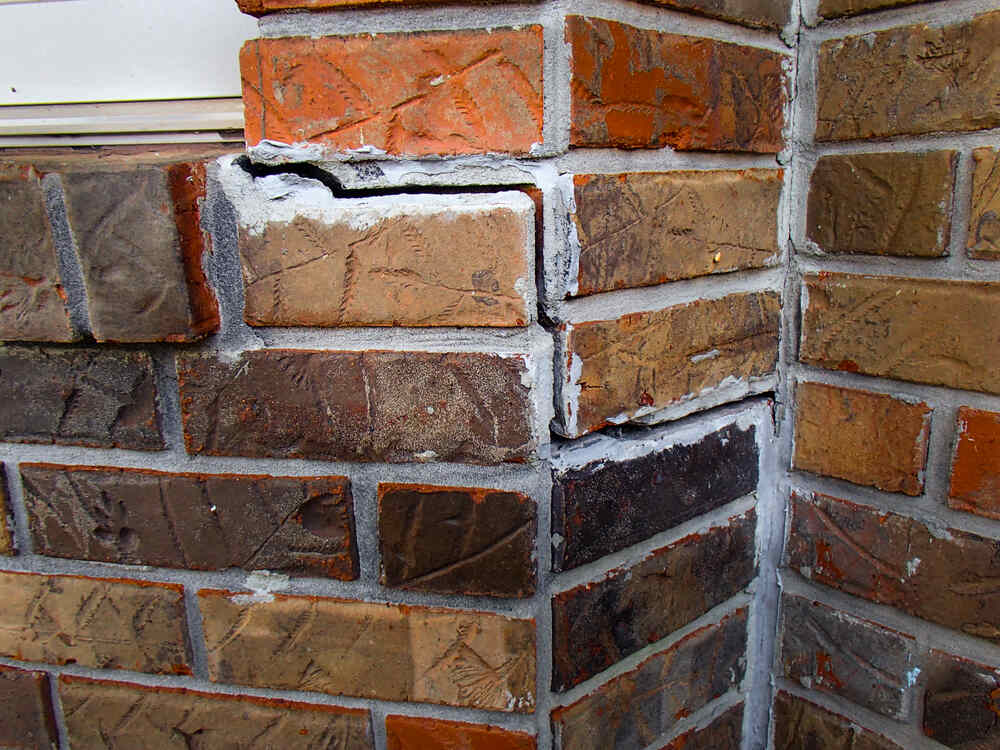
Before you convert a crawl space to a basement, it is crucial to evaluate the foundation integrity. Look for wall cracks, uneven floors, or signs of settling, as these issues can indicate deeper structural problems that need to be addressed. Ensuring the foundation is strong and stable is essential when adding a basement to an existing house with a crawl space.
Moisture Issues
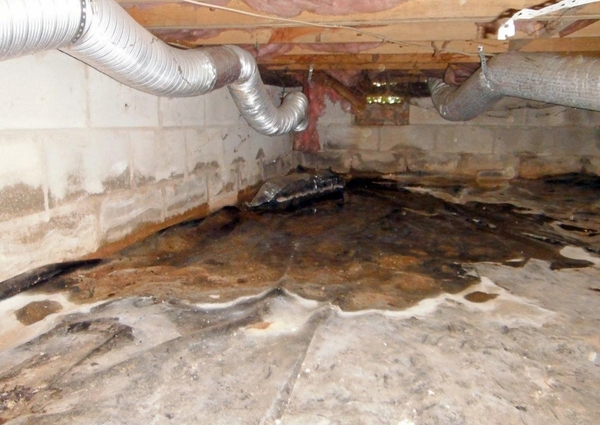
One of the most significant concerns when turning a crawl space into a basement is the presence of moisture. Damp or musty odors, visible mold, or standing water are red flags that need immediate attention. These issues can lead to serious problems like wood rot, mold growth, and compromised air quality.
Soil Stability
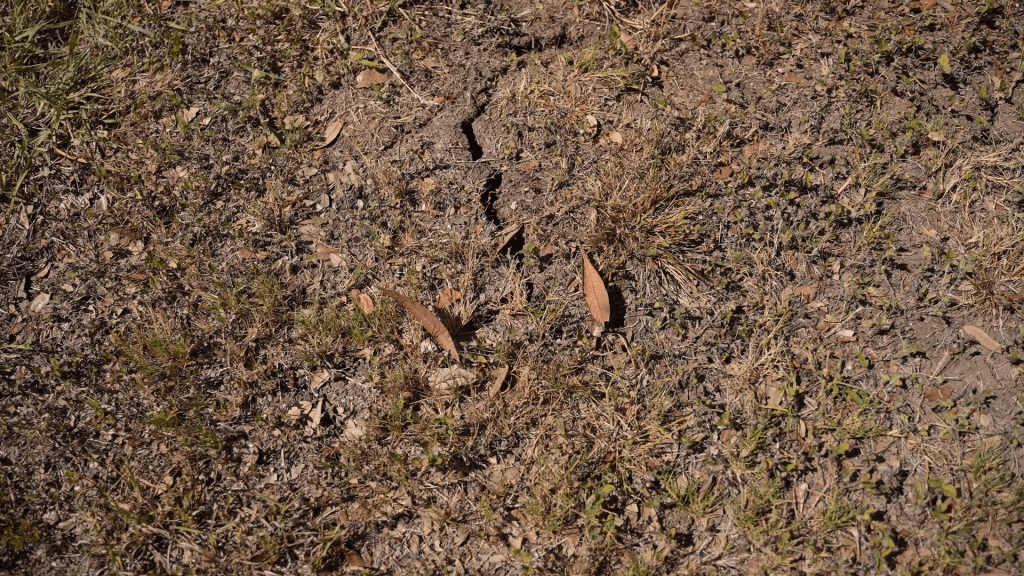
The stability of the soil beneath your home plays a vital role in the feasibility of converting a crawl space to a basement. Soil that is prone to shifting, expanding, or contracting can pose significant challenges and risks to the structural integrity of the new basement. Conducting a thorough soil analysis is necessary to determine if the ground can support the additional load.
What Does Dry Rot Look Like?
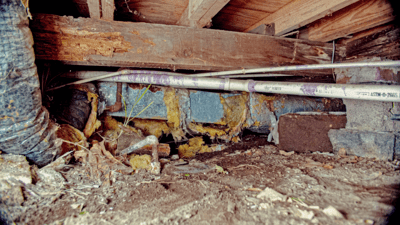
Dry rot appears as brittle, crumbling wood that may have a shrunken, darkened, or cracked surface. In some cases, it may also have a white, cotton-like mycelium growth or spore dust that looks like fine orange or reddish-brown powder.
It’s crucial to look for signs of dry rot in a crawl space you’re planning on turning into a basement because dry rot indicates a fungal infection that weakens the wood’s structural integrity. If not addressed, it can compromise the safety and stability of your home’s foundation and framing.
How to Convert Crawlspace to Basement Foundation
Once you’ve determined that your existing crawl space can safely be transformed into a basement, and you’ve addressed any outlying issues with the foundation, you can begin the renovation process. This is not a job for DIY enthusiasts; the complex machinery and precise installation means this is best left to the pros. Here’s how their basement crawl space conversion process typically goes:
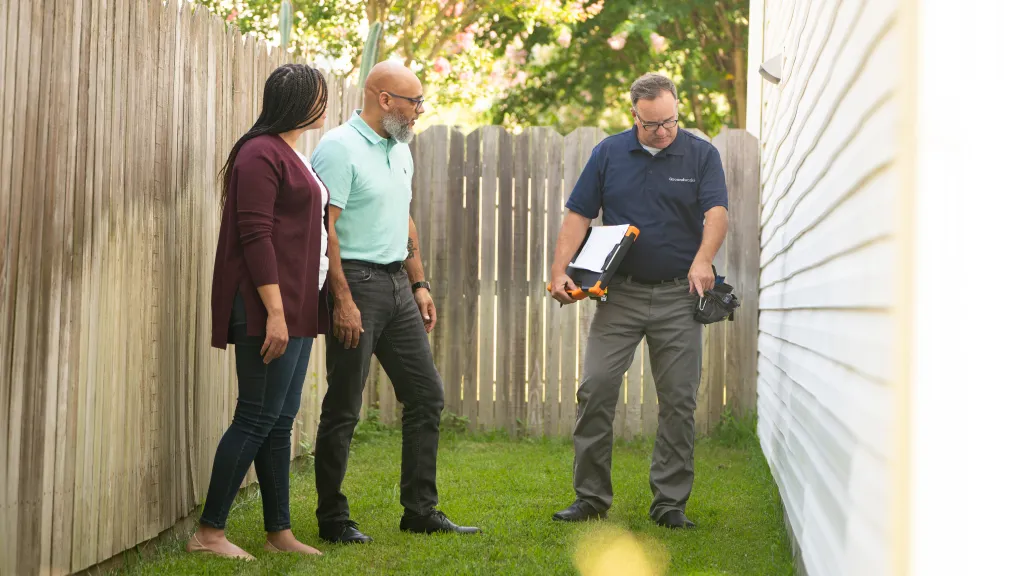
1. Drafting and Designing
The design stage includes determining the purpose of the new space, such as additional living quarters, storage, or recreational areas. A proper design will feature details like the basement’s dimensions, support structures, and any necessary utilities like plumbing and electrical systems, ensuring that the new basement will be functional, safe, and compliant with regulations.
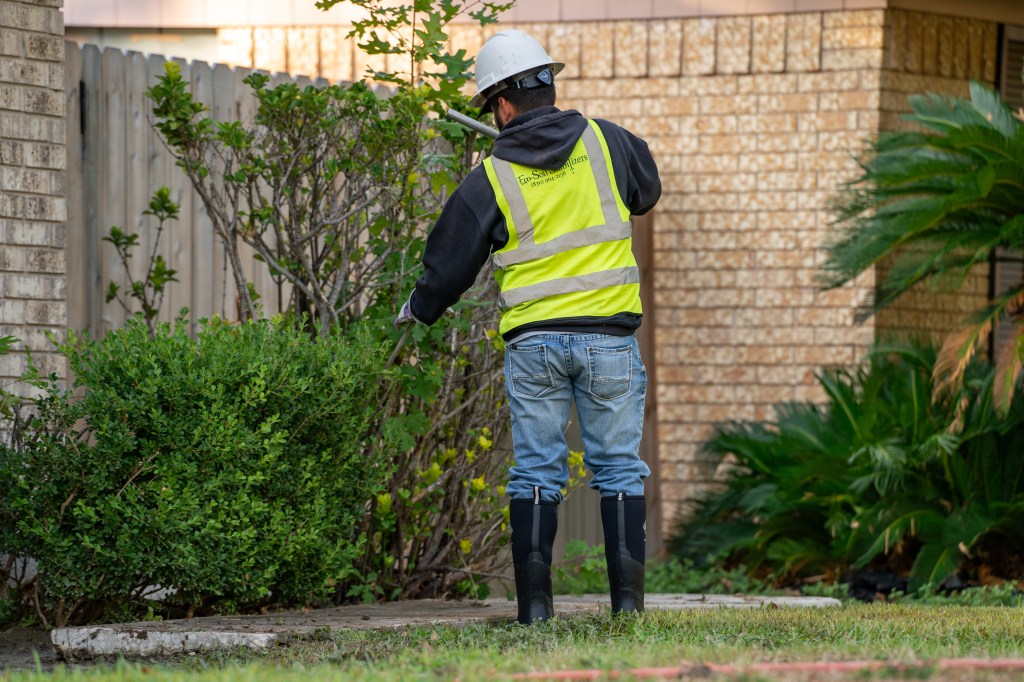
2. Excavating the Basement
Excavation is a critical phase where the actual digging begins to convert the crawl space to a basement. Specialized equipment is used to carefully remove soil and create a deeper, more spacious area beneath the house. This process must be handled with precision to avoid damaging the existing foundation and to ensure proper support for the structure above.
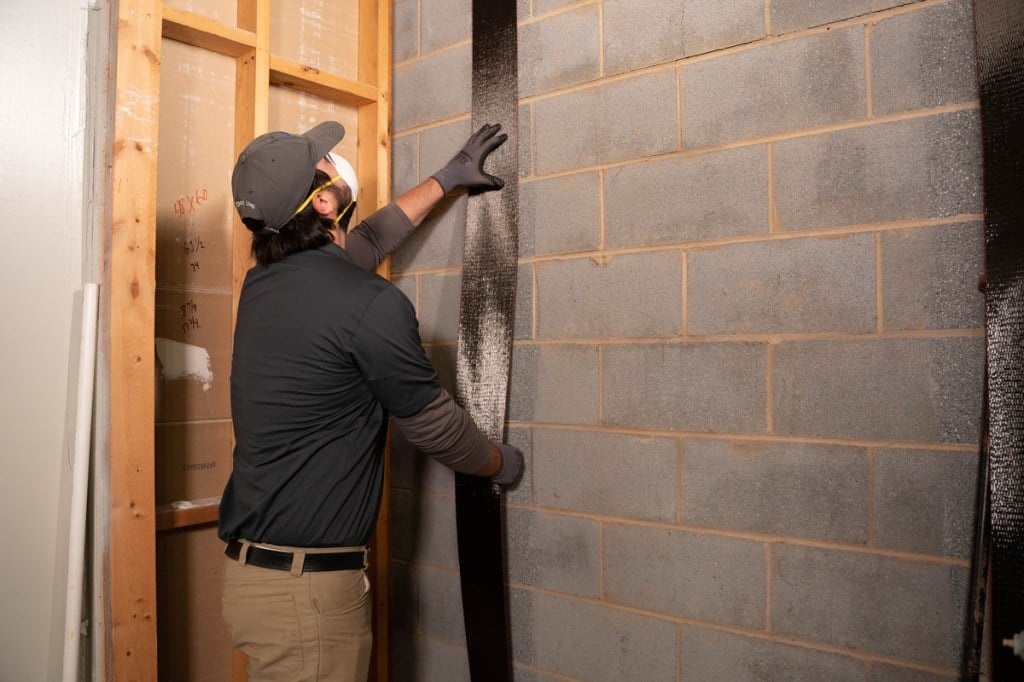
3. Building the Basement
After excavation, the construction of the basement begins. This involves pouring a new foundation and walls, installing structural supports such as beams and columns, and placing down flooring. This stage transforms the excavated space into a functional basement, with considerations for insulation, ventilation, and access points like staircases or exterior doors.
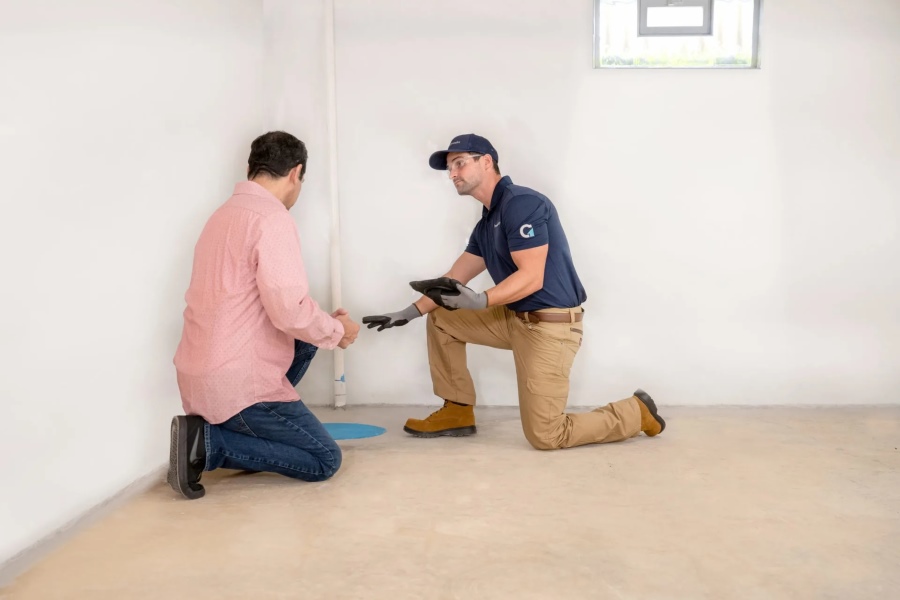
4. Waterproofing and Final Touches
The last step in the process is to install waterproofing systems to protect the basement from moisture and water damage. This includes applying sealants to the walls and floors, installing drainage systems, and setting up sump pumps if necessary. Once waterproofing is complete, finishing touches such as flooring tiles, wall finishes, lighting, and any additional fixtures are added to make the basement unique and livable.
Can You Turn a Crawl Space Into a Basement Yourself?
Turning a crawl space into a basement is best left to the experts because it involves complex and specialized tasks that require professional skills, knowledge, and equipment. This process includes assessing and reinforcing the foundation, ensuring proper drainage and waterproofing, and managing potential structural risks.
Professionals are adept at navigating building codes, obtaining necessary permits, and executing precise excavation without compromising the integrity of the existing structure. Their expertise ensures the project is completed safely, efficiently, and up to code, preventing costly mistakes and future issues such as water damage or structural failure.
Contact AquaGuard for All Your Foundation Needs

Transforming your crawl space into a bright and spacious basement can be a great way to maximize space in your home, but an unsteady foundation can make this renovation process next to impossible.
The pros at AquaGuard Foundation Solutions can shore up your existing foundation with expert solutions like crawl space support jacks to keep your home stable and help make your dream remodel a reality. Contact us today for a free foundation inspection from one of our experts.
Crawl Space Foundation FAQs
Subtitle
It’s a good idea to have your foundation inspected every few years, or more frequently if you notice issues like uneven floors, cracks in walls, or sticking doors and windows. Regular inspections can catch problems early before they become more serious.
It’s not recommended to use your crawl space for storage unless it is properly insulated and sealed. Excess moisture can damage stored items and promote mold growth.
Selling a home with foundation problems is possible, but you typically need to disclose the issues to potential buyers, which may lower the sale price. Repairing the foundation before selling often results in a better price.
